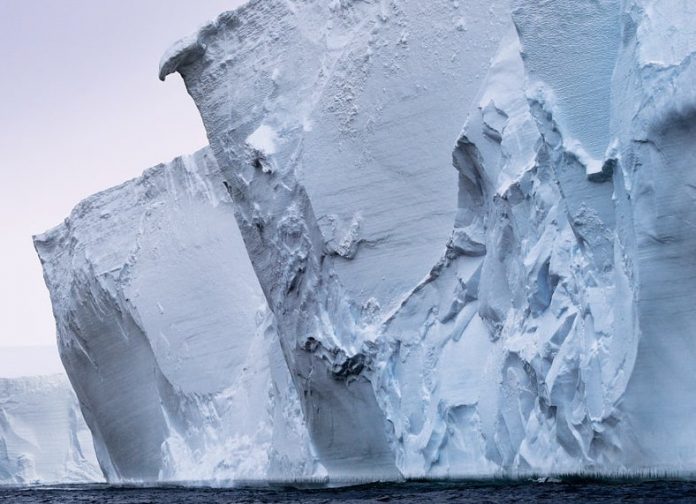Between 1992 and 2017, the Antarctic ice sheet shed roughly 3 trillion metric tons of ice—causing the global average sea level to rise nearly a third of an inch (7.6 millimeters).
That’s a lot of ice. There’s another number, though, that’s more pressing: how fast Antarctica is now melting. According to a paper published in the journal Nature on Wednesday (June 13), authored by a team of 84 scientists at 44 scientific institutions around the world, the rate of ice loss from Antarctic is speeding up, fast.
Between 1992 and 1997, it was losing ice at an average rate of 49 billion metric tons (49 gigatons) a year. By a decade later, between 2002 and 2007, that average annual loss went up to 73 billion metric tons—a 24-billion-metric-ton increase.
But another decade after that, between 2012 and 2017, that number was 219 billion metric tons of ice lost per year. That’s an 146-billion-metric-ton leap.
The assessment is an analysis of 24 different satellite-based measurements of ice loss on the continent, making it one of the most comprehensive studies of Antarctic melting to date.
That leap in ice loss is concentrated in West Antarctica, where losses jumped from 53 billion metric tons of ice in 1992 to 159 billion metric tons in 2017. Scientists have long been eyeing the West Antarctic ice sheet as the least stable region of the continent, and a NASA-lead study confirmed that ice losses were accelerating there earlier this year. East Antarctica appears to be losing ice more steadily.
As we’ve noted before, the West Antarctic ice sheet is of particular concern because, like a building that stands on an uneven foundation, it is inherently unstable, making it especially vulnerable to the warming climate. If the entire ice sheet were destabilized and melted into the sea, researchers estimate it would lead to 3 meters (9 ft) of sea-level rise globally. Models suggest that under a low-emissions scenario, where the world commits to “peaking” and then steadily reducing greenhouse-gas emissions in the near future, complete destabilization of the West Antarctic ice sheet is avoidable. But under medium- or high-emissions scenarios, the loss of the ice sheet becomes inevitable.
If all the ice that comprise the sheets of Antarctica melted, it would raise global sea level by 58 meters (190 feet). That, of course, would be catastrophic for communities of people all over the world.















